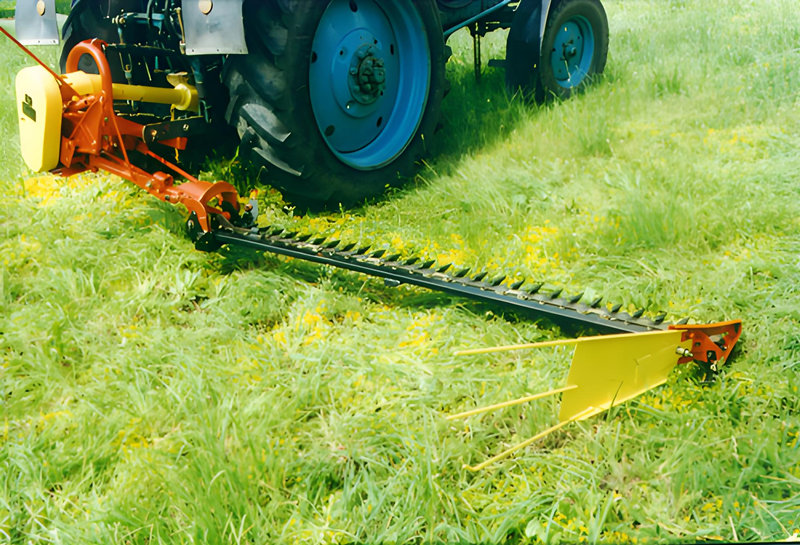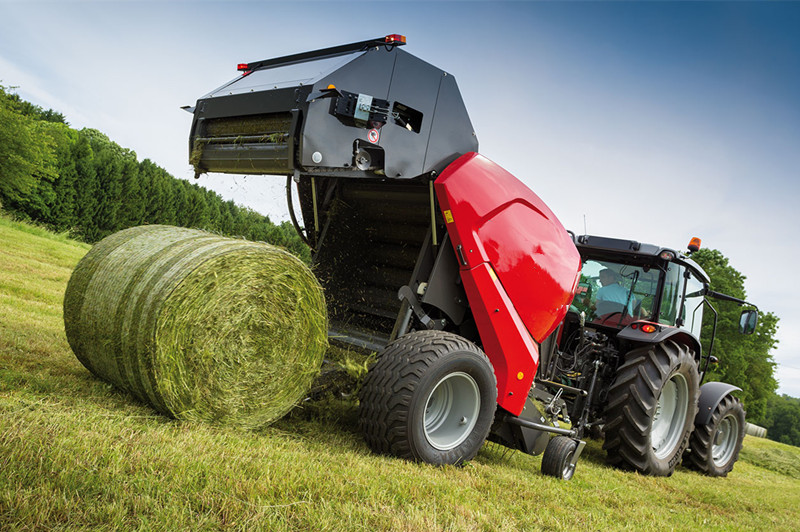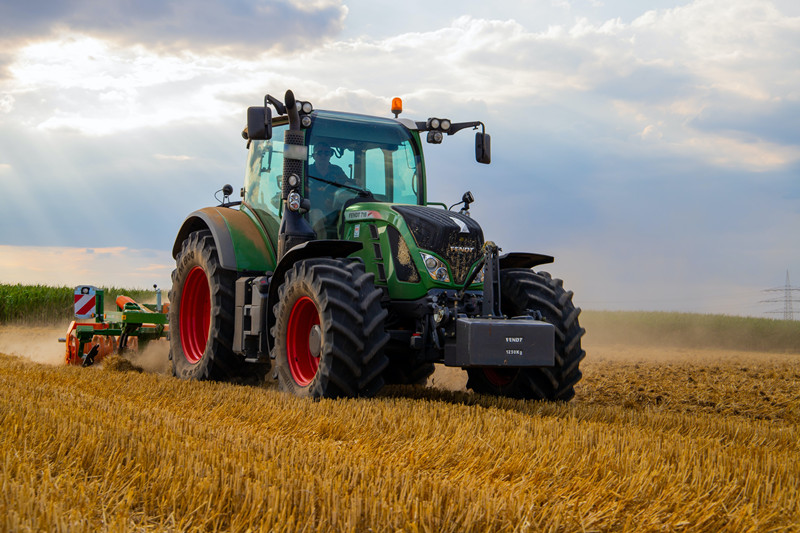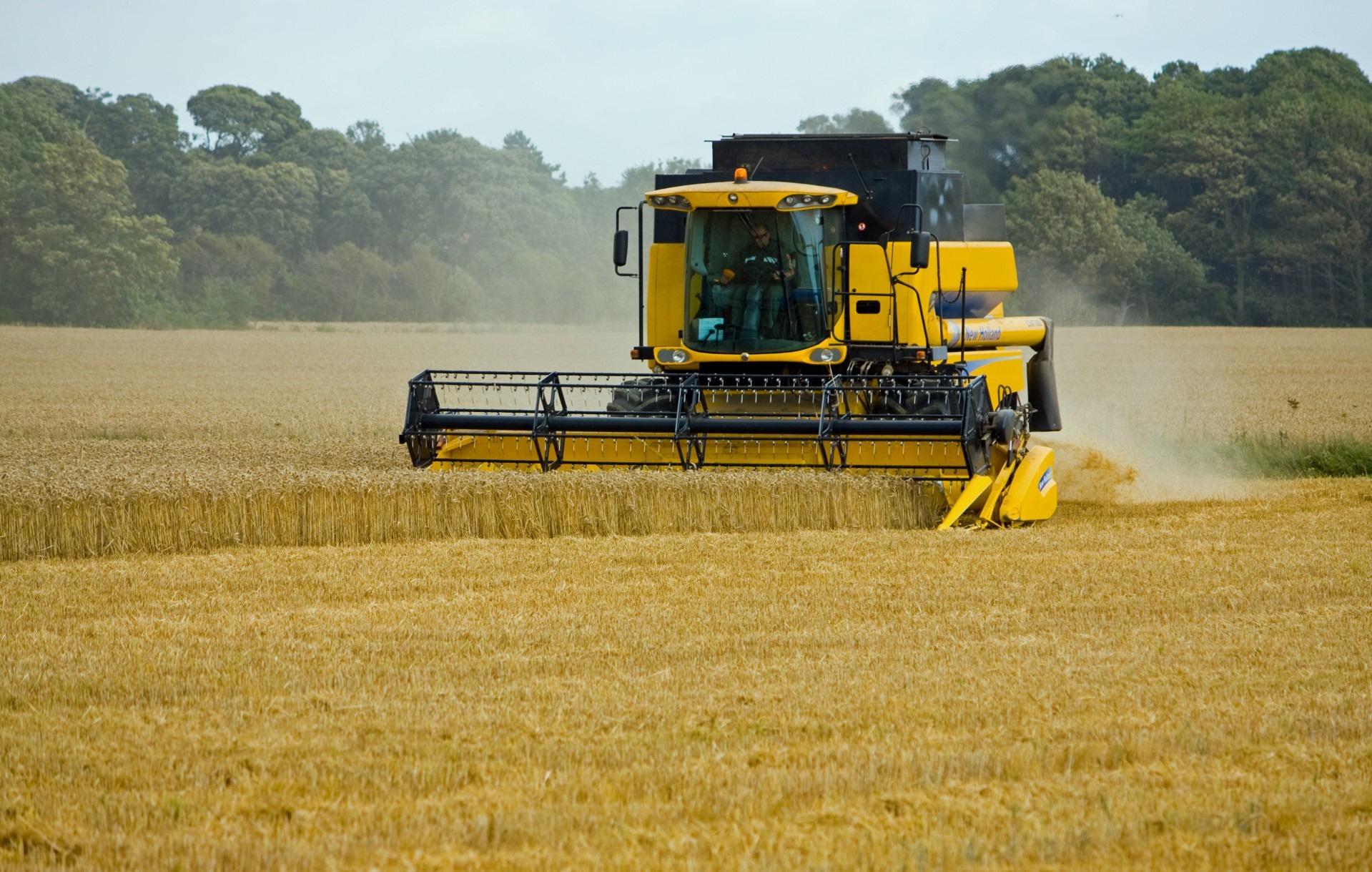In commercial zero-turn mowing, the spindle assembly is the critical link that transfers power from the engine to the cutting blade, enduring immense centrifugal force, vibration, and side-loading stress. A failure here doesn’t just stop the machine; it can cause catastrophic damage.
This article provides a technical overview of the evolution from basic consumer-grade spindles to heavy-duty commercial units. We begin by dissecting the anatomy of a high-performance spindle: the housing, bearings, shaft, and pulley. The core of the discussion focuses on bearing technology. We explain why commercial spindles utilize paired Angular Contact Ball Bearings instead of simple deep-groove ball bearings. Angular contact bearings are designed to handle combined radial and axial (thrust) loads simultaneously, which is exactly the type of stress encountered when a blade strikes an object or maneuvers on a slope. We detail the importance of pre-load, a controlled axial force applied during assembly that eliminates internal bearing clearance, ensuring precise shaft positioning and preventing the damaging skidding of bearing elements under high-speed operation.
The article also covers material science, highlighting the use of induction-hardened spindles shafts for superior wear resistance at the bearing seats and seal contact points, and forged or billet steel housings for maximum strength and rigidity to prevent flexing under load. Finally, we discuss advanced sealing solutions, such as labyrinth seals combined with high-temperature grease, to prevent moisture and grass debris from contaminating the bearing chamber, which is the primary cause of premature bearing failure. For landscape professionals, this technical superiority means less downtime, reduced replacement costs, and consistent cutting performance even in the most demanding conditions.




